
You cannot get to know Russia without having gone through St. Petersburg. Moscow may be the capital, the quintessential Soviet city and everything you want, but St. Petersburg is still today in the XNUMXst century, a Imperial city.
Its palaces are one more beautiful than the other and when you cross its innumerable bridges, many say that it is like Venice, you learn why Peter the Great adored it. So many palaces is overwhelming but here we leave you a selection of five palaces in St. Petersburg that you cannot miss. Sign up, visit and enjoy!
Winter palace
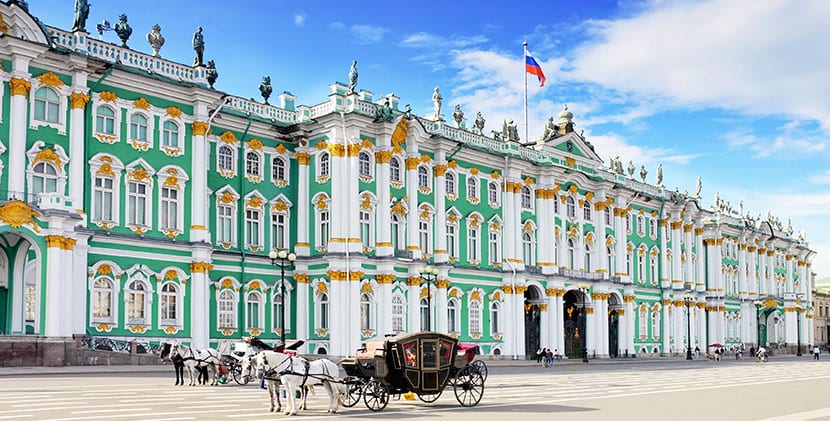
Today this mansion has become the State Hermitage Museum so we put it at the top of our list because it is a museum of international category. In addition, it is the world's largest art museum and while some rooms have been turned into showrooms, others have been restored in the style of old Imperial Russia.
Here you will find works by DaVinci, Picasso, Rembrandt and furniture and structures, windows, stairways, floors, ceilings, of a marvelous wealth. Roman mosaics are added, the famous gold Peacock clock, a gift that Catherine the Great herself received, golden rooms ...

The original palace dates from the early eighteenth century and it belonged to the family of Pedro el Grande, but it underwent some modifications throughout the same century until one of his descendants undertook the reforms in the Baroque style that stand out today. The works ended in 1735 but a few years later new parts changed their appearance. The result was a luxurious palace, inside and out.
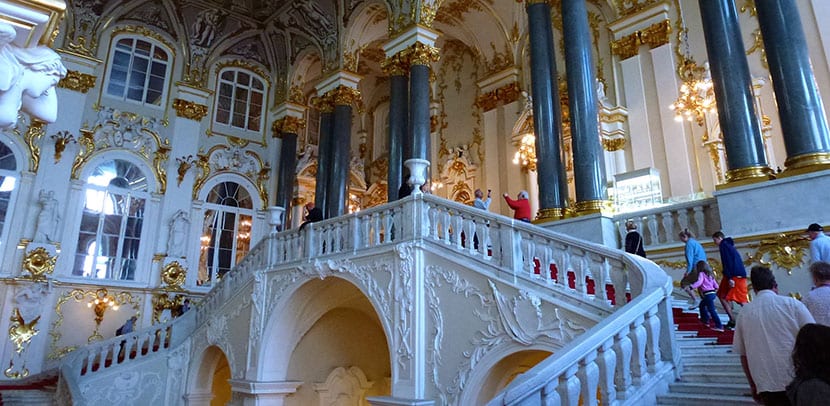
He witnessed the Russian revolution, suffered it in some way, and was nationalized in 1917 and later, after the Second World War and its destruction, the restorations began. The Winter Palace is located on Dvortsovaya Square, 2. Tickets are bought on the day of the visit in the palace and have different prices Well, the same ticket allows you to enter different palaces.
You can also buy the online tickets and they are valid for 180 days. The first Sunday of each month admission is free for individual visitors.
Menshikov Palace
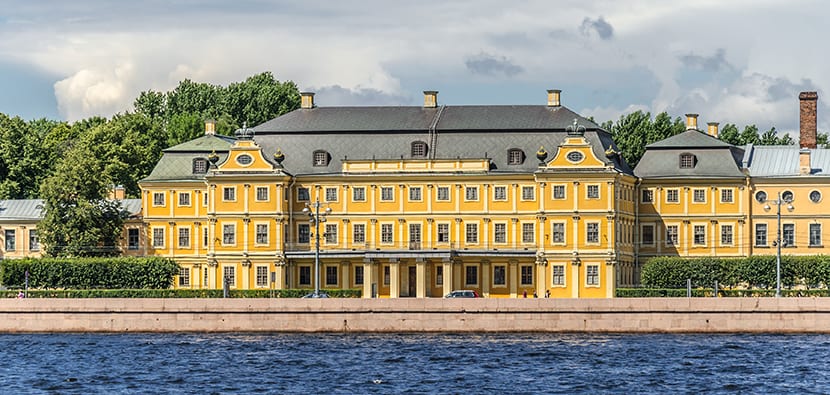
This palace dates from the early XNUMXth century and was one of the first palaces built in stone. Menshikov was one of the best friends of Peter the Great and was the first governor general of the city. His story is that of a poor millionaire as Pedro met him as a teenager while selling pipes on the streets of Moscow. The classic poor man turned into an oligarch, a very rich guy in the end but somewhat illiterate, as his critics and enemies used to say.
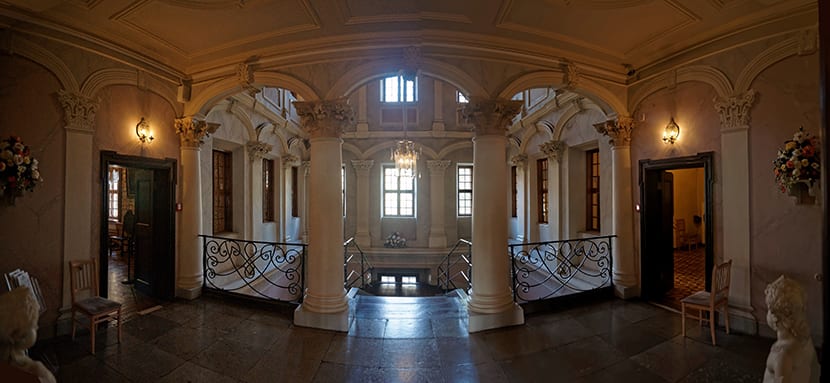
The Menshikov Palace was heavily visited by foreign diplomats and was the venue for the lavish wedding between Peter the Great and Catherine I in the year 1712. After the death of Tsar Menshikov he did what he could so that power passed to his wife and for two years it could be said that Russia was in his fist while he wove the marriage of his own daughter with the heir to the throne. Unfortunately after that wedding he was accused of treason and robbery of the crown and sent him with his entire family to the charming Siberia.
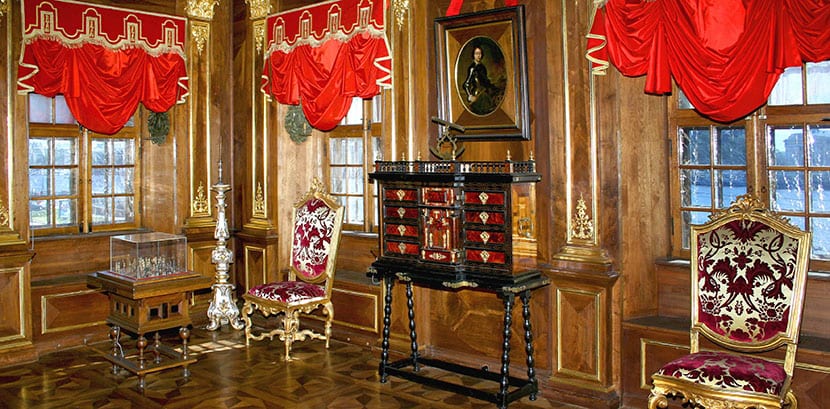
Until 1918 the palace was a military school and in the 60s it passed into the hands of the Hermitage. Its interiors have been beautifully restored and it houses a rich collection of Russian handicrafts from the beginning of the 10th century. It opens on Tuesdays, Thursdays, Saturdays and Sundays from 30:18 a.m. to 21:1 p.m. and on Wednesdays and Fridays until 9:XNUMX p.m. It closes on Monday and May XNUMX and XNUMX. Remember!
Admission costs 300 rubles to visit the palace alone and 700 to visit the entire complex. Free admission is the first Thursday of each month and December 7.
The Marble Palace
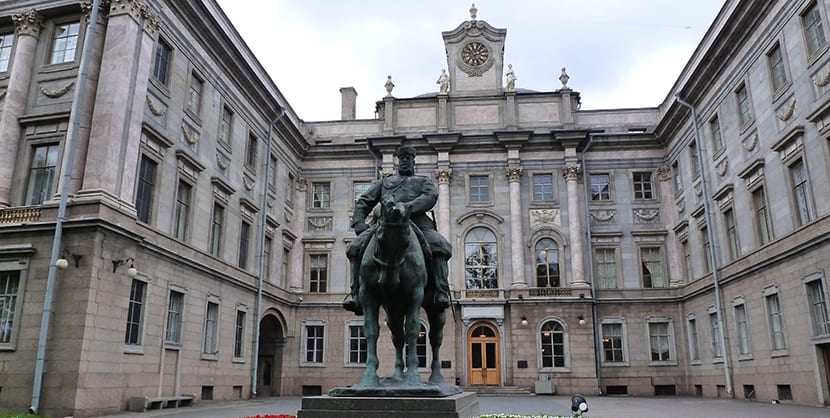
It is on a corner of the Champ de Mars and on the Neva River. It is one of the most beautiful palaces in Saint Petersburg and was built by Antonio Rinaldi, an exponent of neoclassicism in the country. Originally the palace was built by an official, Count Grigory Orlov, who had helped dethrone Peter III in favor of Catherine the Great, his wife. As a thank you she gave him the money to build the palace in which they were used 32 different marbles, hence the name.
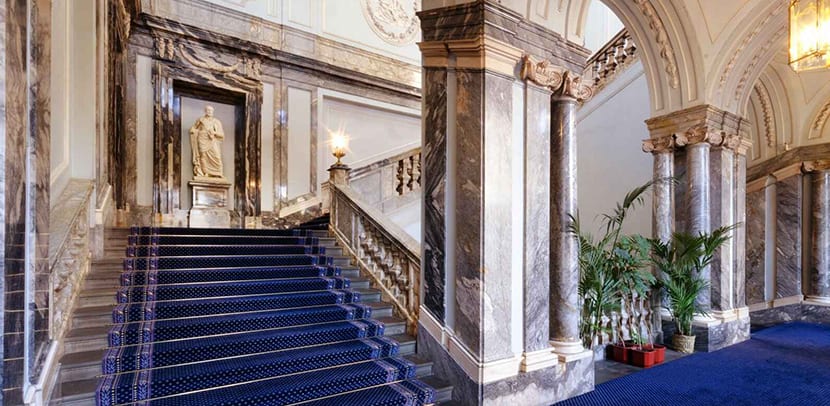
Building and decorating these mansions is not something that is completed in two or three years so you have to secure the royal favor for at least a decade…. something that Orlov did not achieve, so two years after the works finished he had to leave and not even his heirs could enjoy it since the sovereign bought it for her grandson. Thus, it became the imperial residence of the youth of the imperial family until the revolution of '17.
The truth is that there were some style modifications over time: in 1843 the most important ones took place and the gothic and renaissance details absent in the original version. Today the palace is at Millionaya Ulitsa Street, 5/1. It opens every day from 10 am to 6 pm and until 5 pm on Mondays. Closed on Tuesdays.
Yusupov Palace
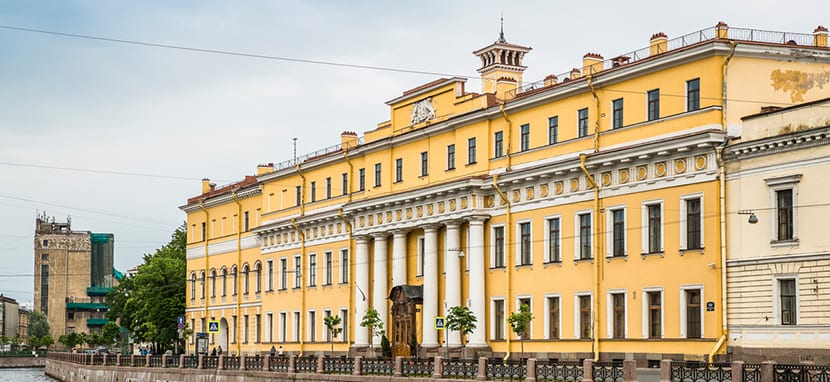
It is a work of Vallin de la Mothe, a French architect which shaped it in 1760. The palace is famous because here that dark character in Russian imperial history, Rasputin, was assassinated, in 1916. The subject had achieved a great influence on the tsarina from the treatment of his son's hemophilia and had become a danger that many wanted to eliminate, which they did on December 17 of that year with poisoned food. Today there is a special exhibition dedicated to Rasputin.
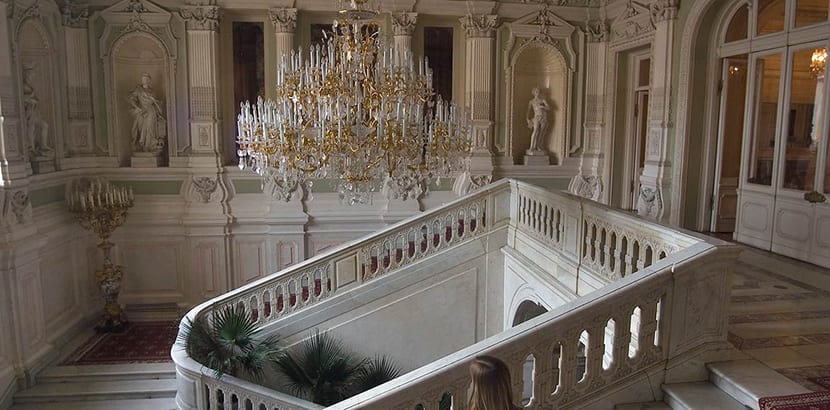
The Yusupov family was a very wealthy family and their palace is the evidence that remains to this day. It is on the Moika river Although it was not originally built by her, it was acquired in 1830. This palace is open every day from 11 am to 5 pm. Entry costs 700 rubles and Rasputin exhibit you pay an extra 400 rubles.
Yelagin Palace
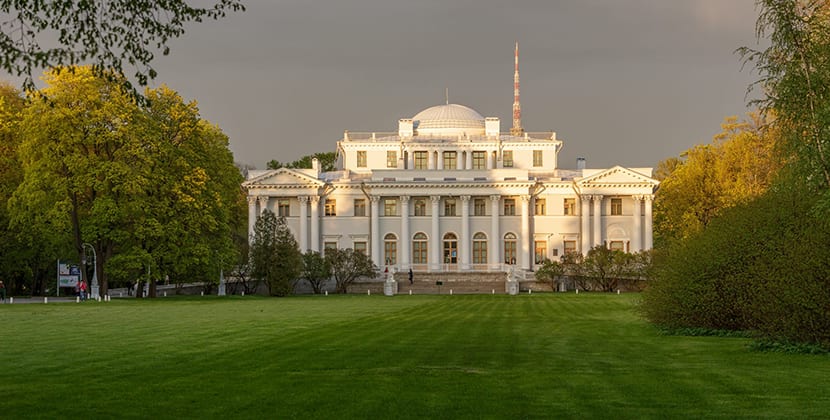
This palace it's on an island and it was built by Carlo Rossi, a young architect brought from Italy who loved the neo classic style. Ivan Yelagin was a statesman to Catherine the Great and his heirs sold the palace to the royal family to be the summer residence of Emperor Alexander's mother.
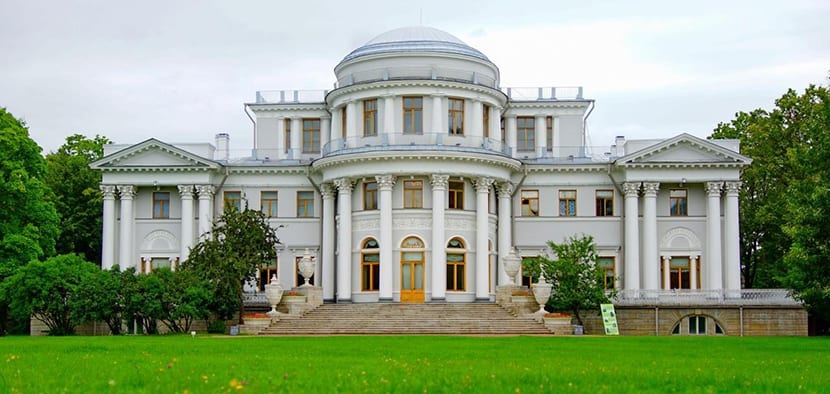
The palace was badly damaged during the Siege of Leningrad but in the 50s of the XNUMXth century it was absolutely restored from original photos that had been preserved. Since 1987 the palace is the Museum of Decorative and Applied Arts on the second floor while in the basement there is a special exhibition dedicated to the restorations carried out by Rossi.
Yelagin Palace is open daily from 10 am to 6 pm and is closed on Mondays and the last Tuesday of each month. Entry is charged to enter its beautiful park only on weekends.